Hope and GRACE Protect Grauer’s Gorillas in the DRC
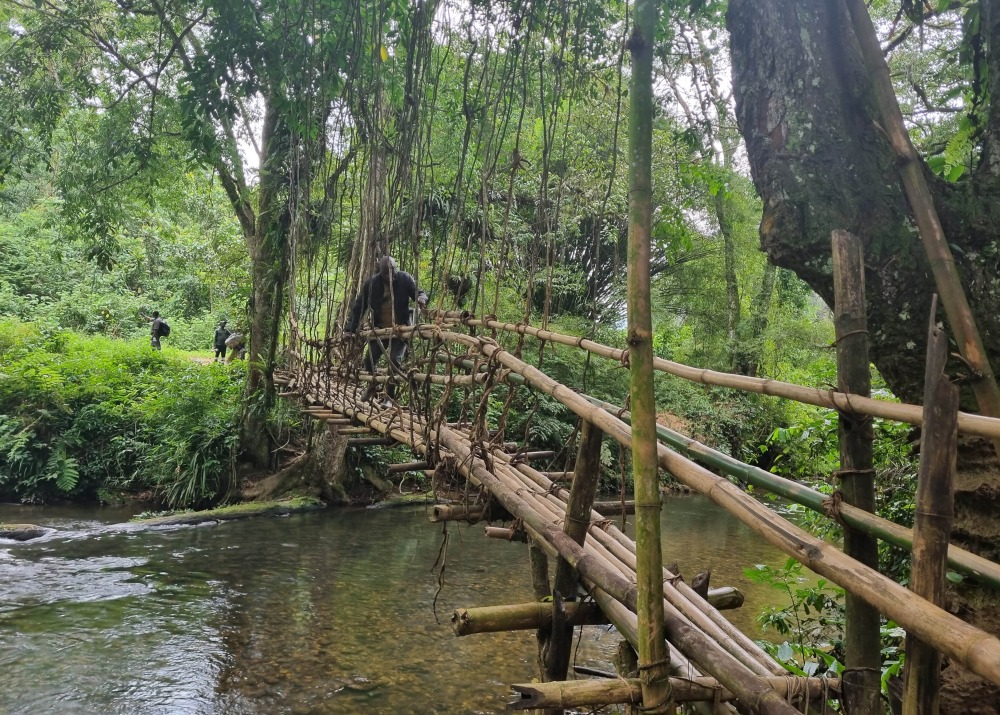
Imagine traversing thick, unforgiving terrain in one of the most remote, roadless rainforests on Earth for seven days in search of a traditional community and their chiefs using GPS satellite tracking devices to navigate… and armed rebels are heading your way.
That’s exactly what a team from GRACE* Gorillas embarked upon last December. They are working with Congolese communities in the heart of the Congo Basin to build “living landscapes” where Critically Endangered Grauer’s Gorillas, forests, and people thrive together. And for that, they traveled on foot for many miles and crossed hundreds of rivers on floating logs and fragile bridges to reach the Rama community, the traditional headquarters of the Usala Forest.
Navigating the most intact and undisturbed sections of rainforest left on the African continent to protect a vast conservation corridor takes imagination and grit. These forests are where Grauer’s Gorillas and other threatened species are hanging on for their lives, and where Indigenous communities with long histories hold deep knowledge and connection to the land—which is why they are central to protecting it.
*GRACE = Gorilla Rehabilitation and Conservation Education Center
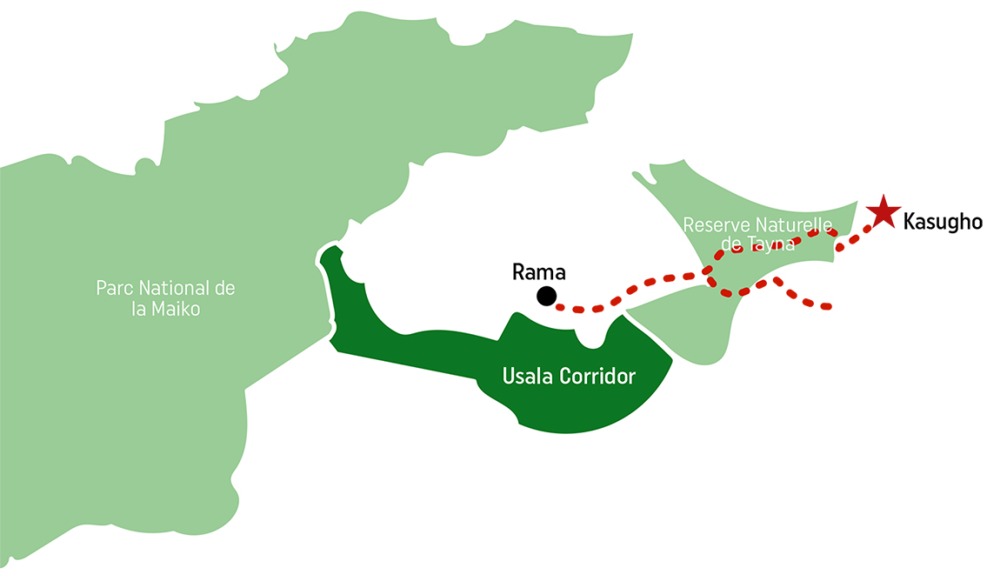
ABOVE: The dark green area shows the 284,800 Usala Conservation Corridor connecting Tayna Nature Reserve to Maiko National Park. GRACE Gorillas teams have often made the 14-day round trip on foot and over water from GRACE’s headquarters in Kasugho to Rama, deep in the Usala Forest. The red dotted line shows the path of their 14-day trek through the forest.
It was a traditional leader, Mwami (King) Eric Mwaka Eliba who first envisioned the effort to protect Usala Forest and the gorillas. He approached the Union of Associations for Conservation of Gorillas and for Development in eastern DRC (UGADEC – a federation of community conservation organizations) for assistance, who then approached GRACE. The Rama community had been collecting important data on gorilla presence in the region for years.
Living in harmony with Earth’s great apes
Rainforest Trust is honored to be on this amazing journey with the GRACE Gorillas team and traditional Congolese communities to create a 284,801-acre safe haven for Grauer’s Gorillas. These amazing animals—the largest of the great apes—are found only here in eastern DRC and they are under constant threat from habitat loss, illegal hunting, and human conflict.
The partnership is bringing traditional knowledge together with advanced scientific methods to create three new Community Forests that legally recognize the land tenure and forest management rights of the Indigenous communities.
Grauer’s Gorillas need ample territory to find food, find suitable mates to bolster genetic diversity, adapt to a changing climate, and establish new home ranges.
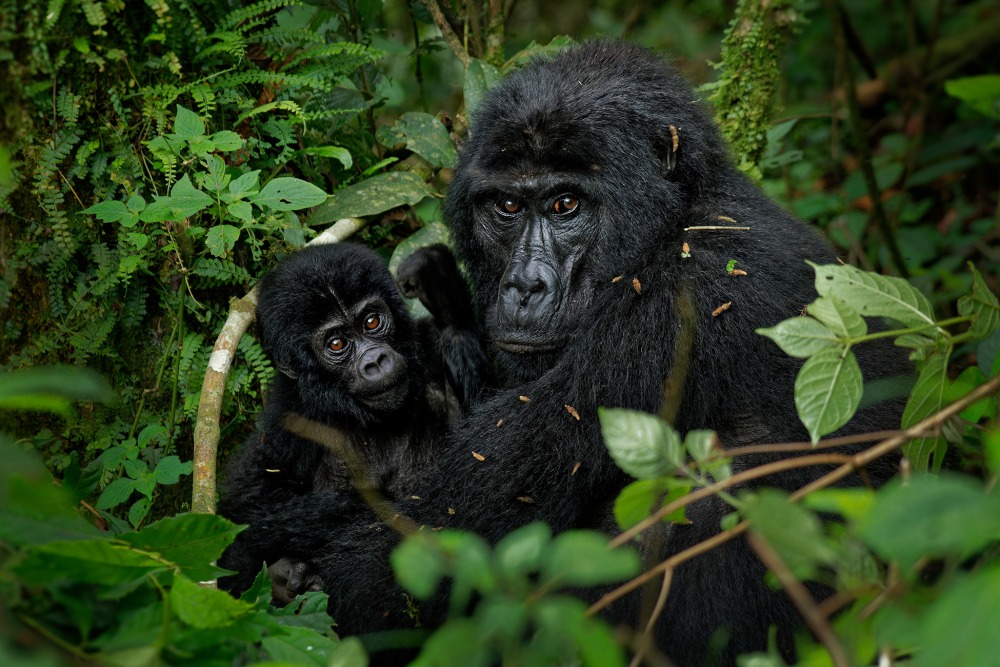
Grauer’s Gorillas are critically endangered, having experienced a devastating decline in their population over the past 20 years — from nearly 17,500 in the mid-1990s to only an estimated 6,800 surviving today. Accurate counting of gorillas has been nearly impossible in recent decades due to civil unrest within and around their habitat in Eastern DRC.
Usala Forest touches every aspect of village life
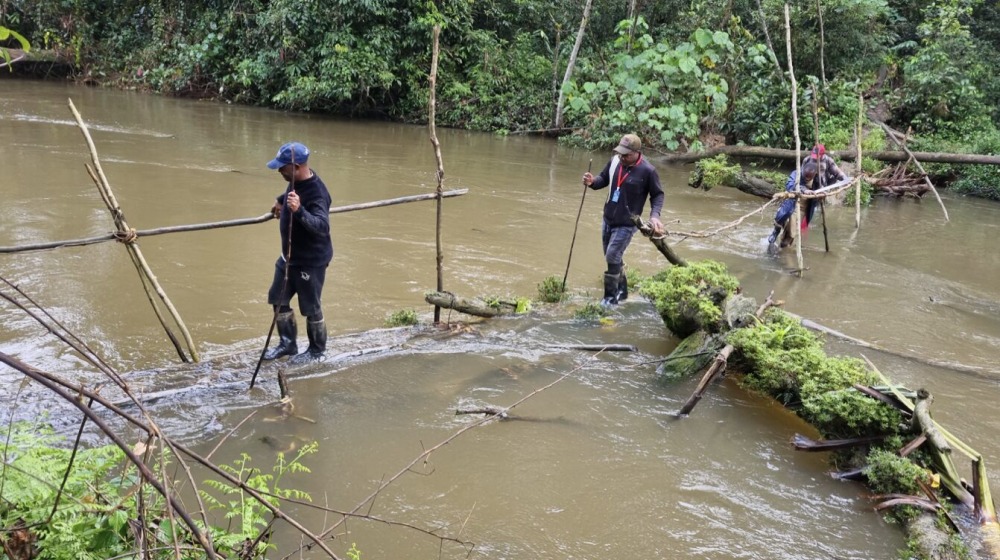
Communities in the region are entirely dependent on the natural resources of the forest for their survival through subsistence hunting, small-scale agriculture and artisanal mining. The Usala Gorilla Reserve Conservation Corridor project is progressing in full collaboration with the community to map the community forests, survey and monitor biodiversity, and establish a management plan for the tribe’s customary lands.
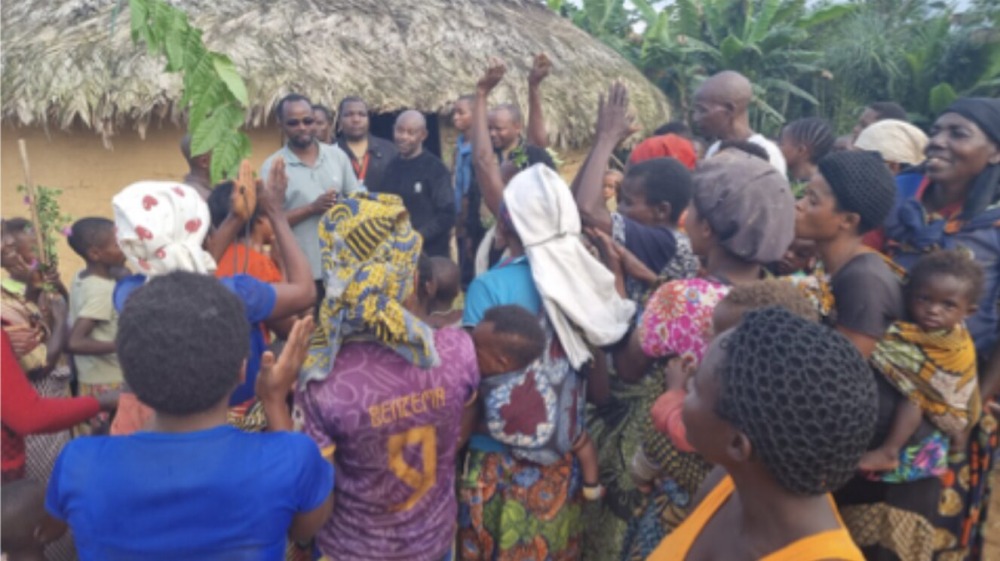
Sustainable livelihoods are key to community-led conservation success in Usala. With Rainforest Trust support, GRACE Gorillas is working with tribal leadership to grow conservation-friendly, alternative income sources to reduce dependency on the bushmeat trade and resource extraction, including animal husbandry, sustainable development projects and biodiversity patrols.
Knowing that women play a central role in every aspect of village life, GRACE partners with women who provide leadership, gorilla care, farming skills, community outreach, research, and conservation education.
A new era of communication for Rama
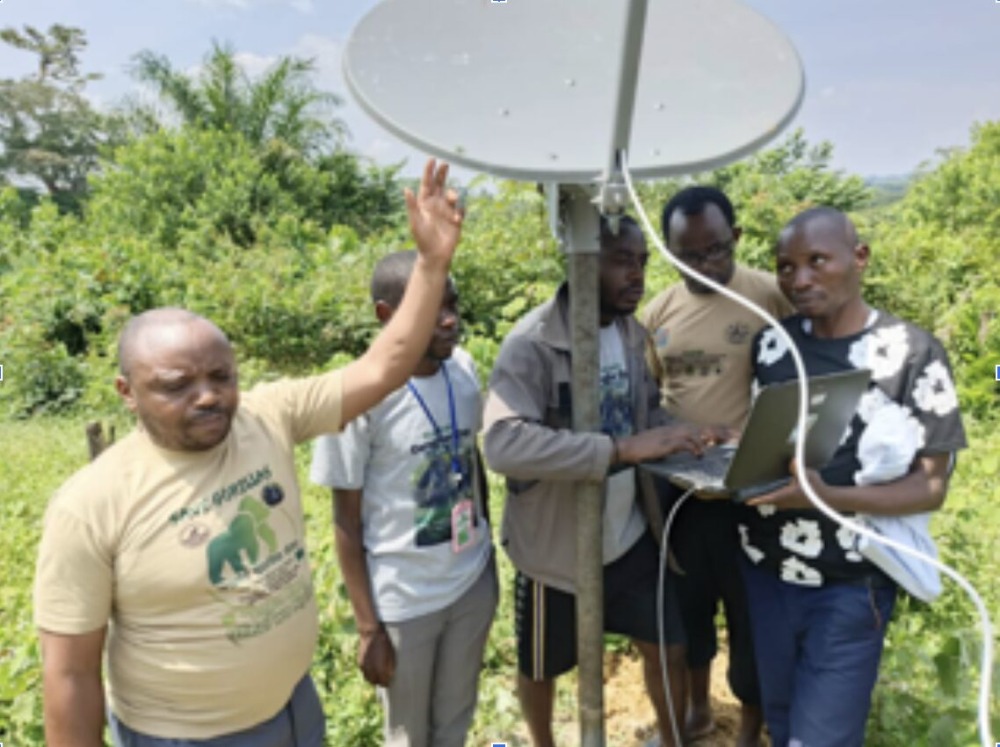
Awe-inspiring as it is, making a days-long trek across miles of dense rainforest is not a practical solution for ongoing communications between GRACE headquarters and remote forest outposts.
Living traditionally without any means of communicating with the outside world has been the norm for the Congolese communities of Usala Forest. But the age of technology has now arrived.
Enter the newly installed VSAT satellite-powered internet system! Numerous porters were hired to carry the equipment to Rama and technicians went along to set it up and test it. Timing was everything, as rebels were descending on the region. Thankfully, the team made it back just in time to avoid the conflict.
In mid-July, the chiefs in Rama were able to chat over the internet with GRACE project team members hundreds of miles away. The VSAT would save the team physical wear-and-tear and personal harm, and keep the project moving forward when time is of the essence to save a critically endangered species like Grauer’s Gorillas.
Rehabilitation and (eventual) rewilding of Grauer’s Gorillas
GRACE runs the only sanctuary in the world for critically endangered Grauer’s Gorillas that have been rescued from wildlife trafficking. They provide award-winning, accredited sanctuary to Grauer’s Gorillas rescued from wildlife trafficking, and are pioneering new methods to safely release rescued gorillas back to the wild.
With generous support from our donors, Rainforest Trust has been working with local partners in eastern DRC since 2018 to protect Grauer’s Gorillas.









